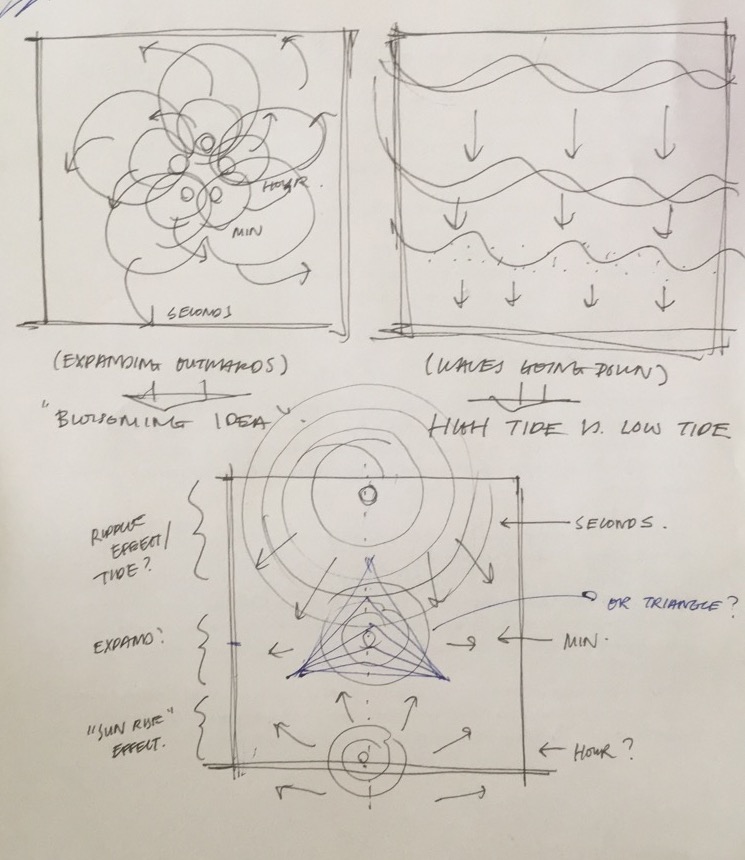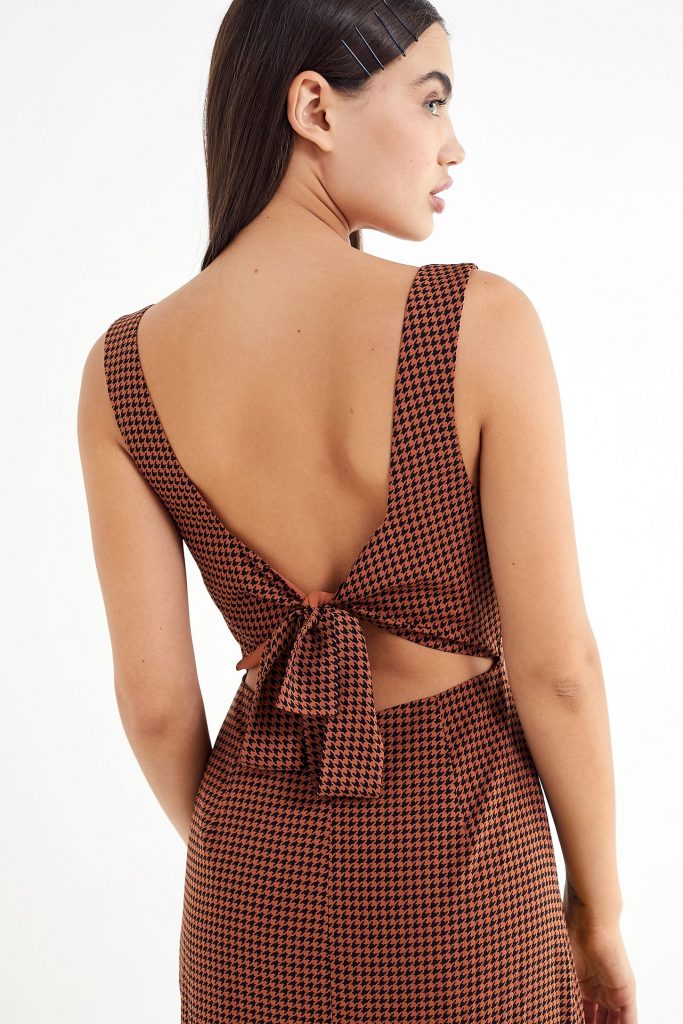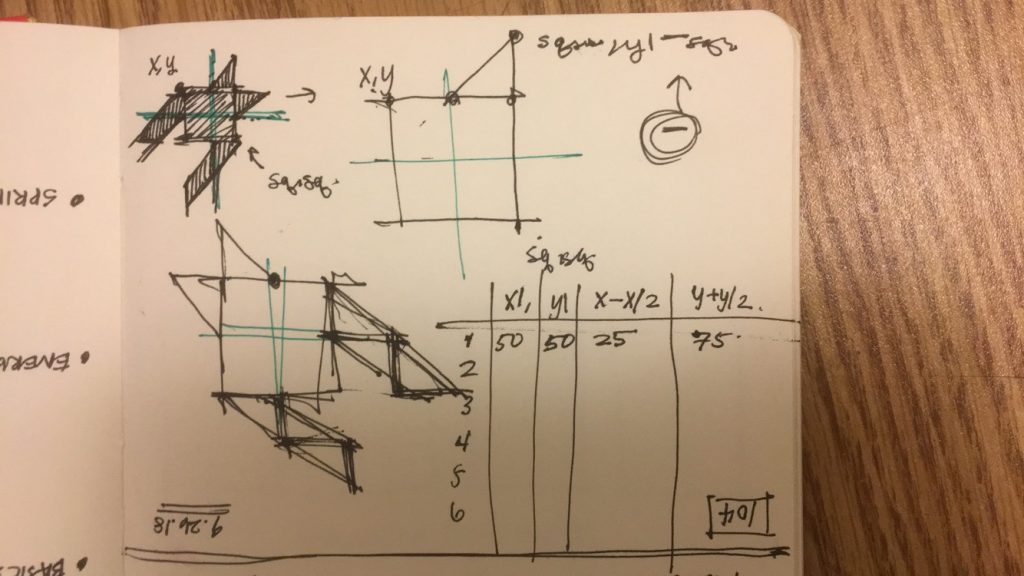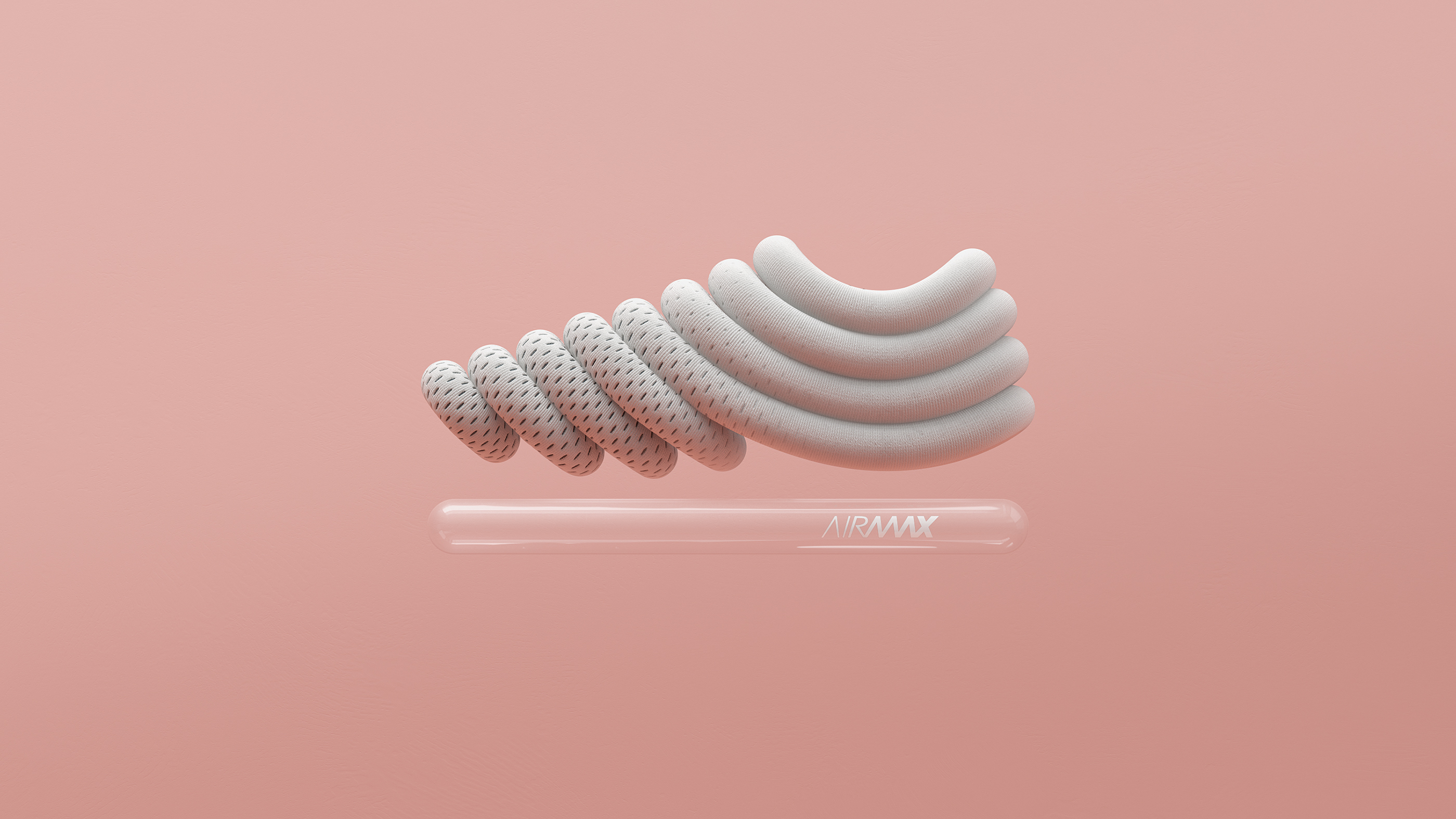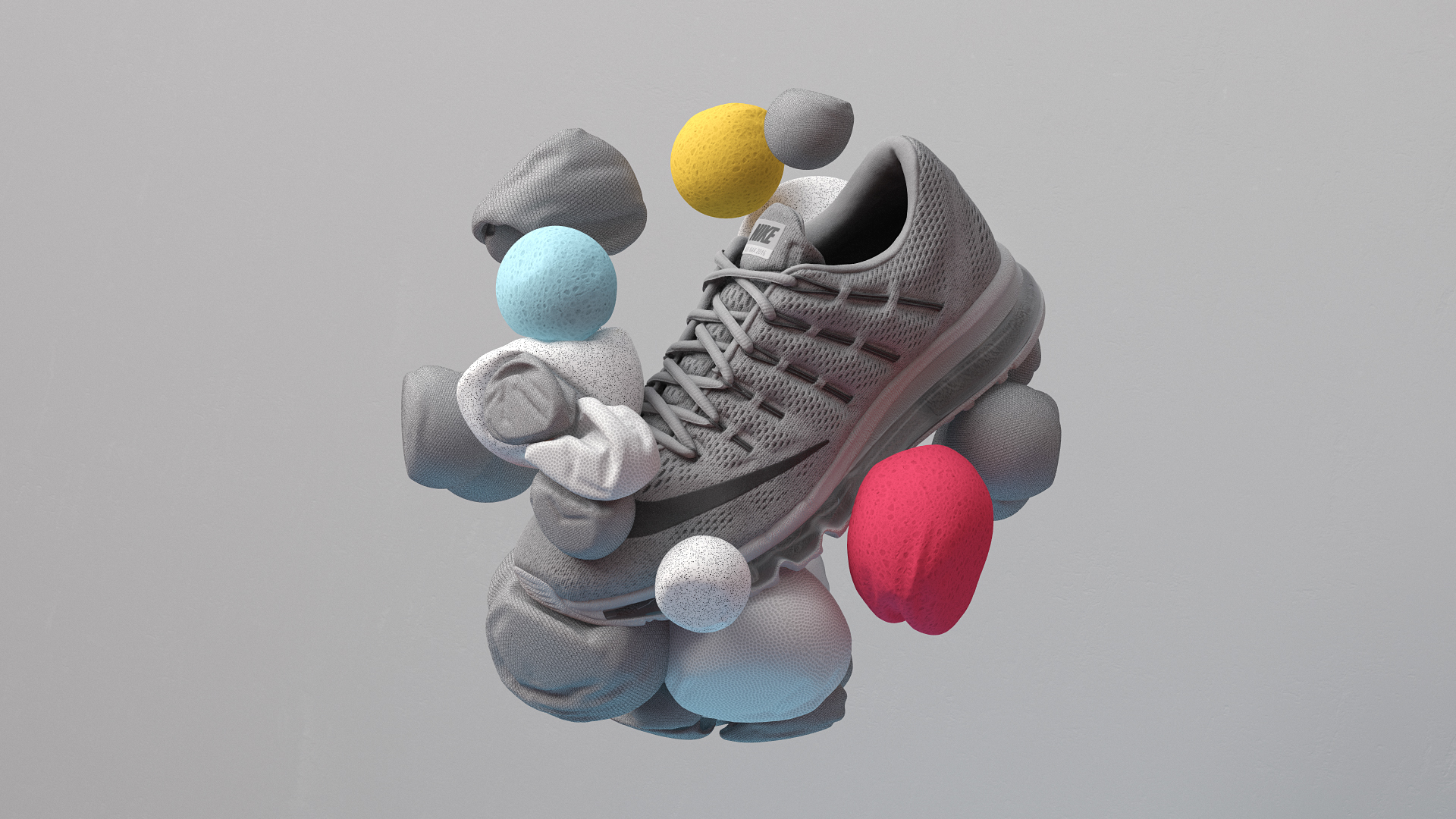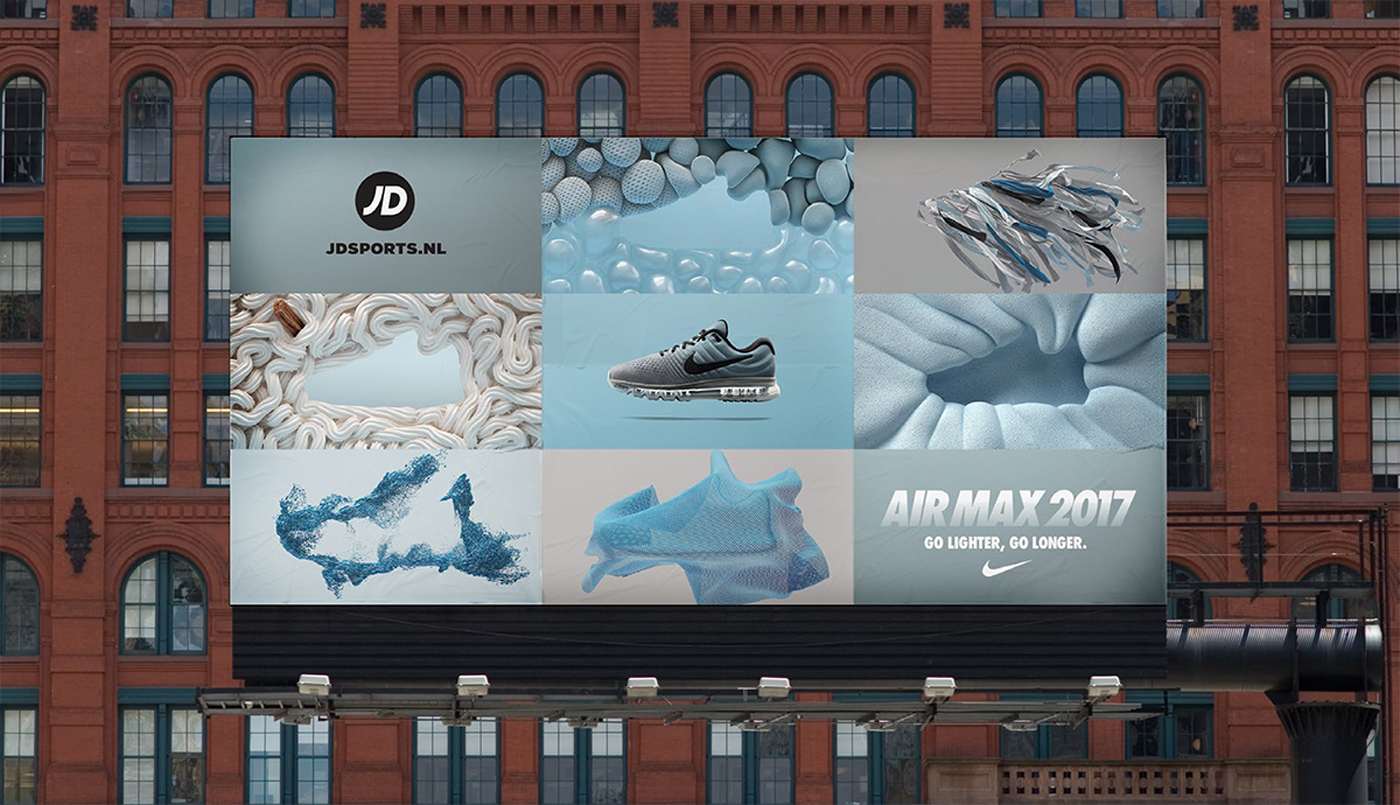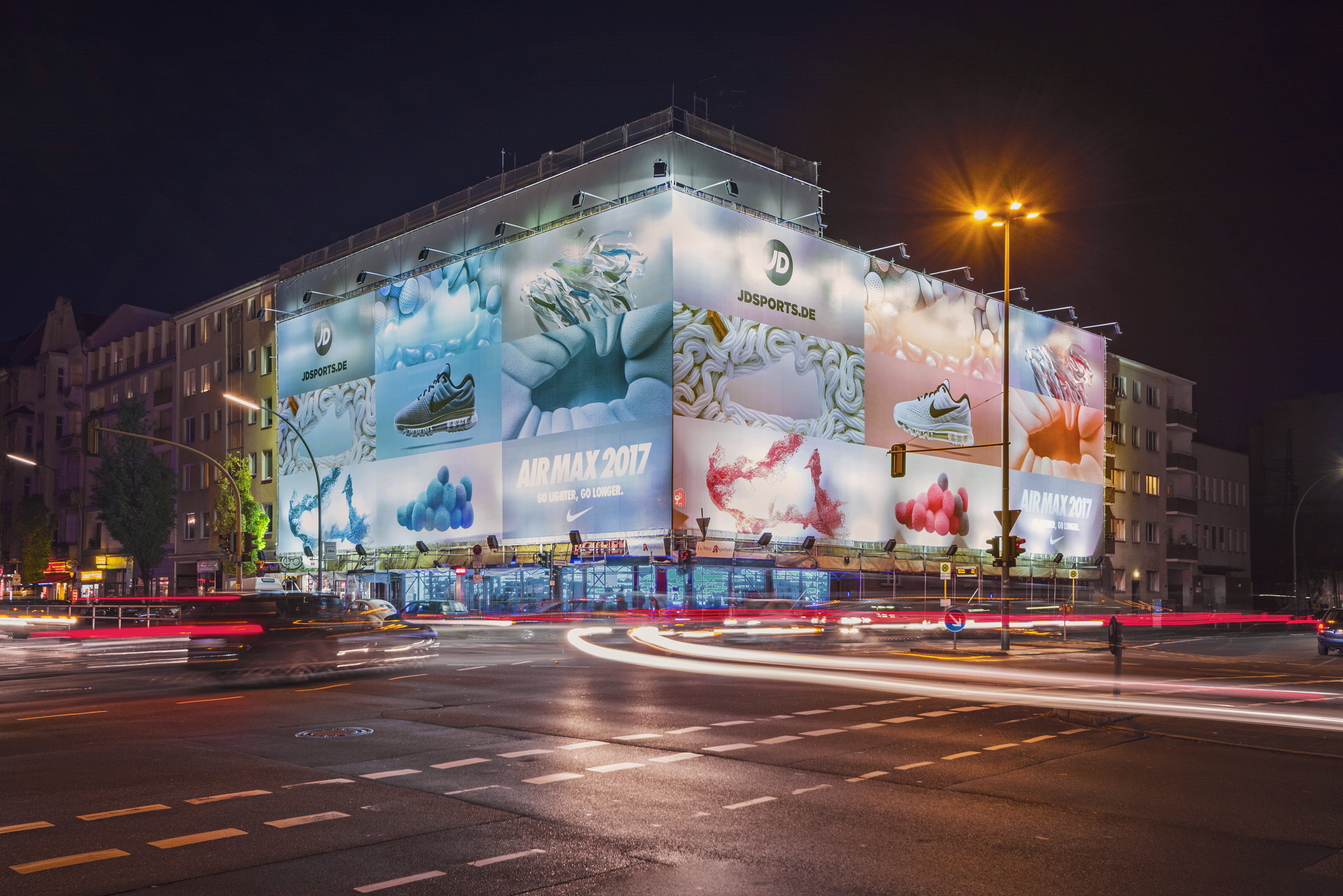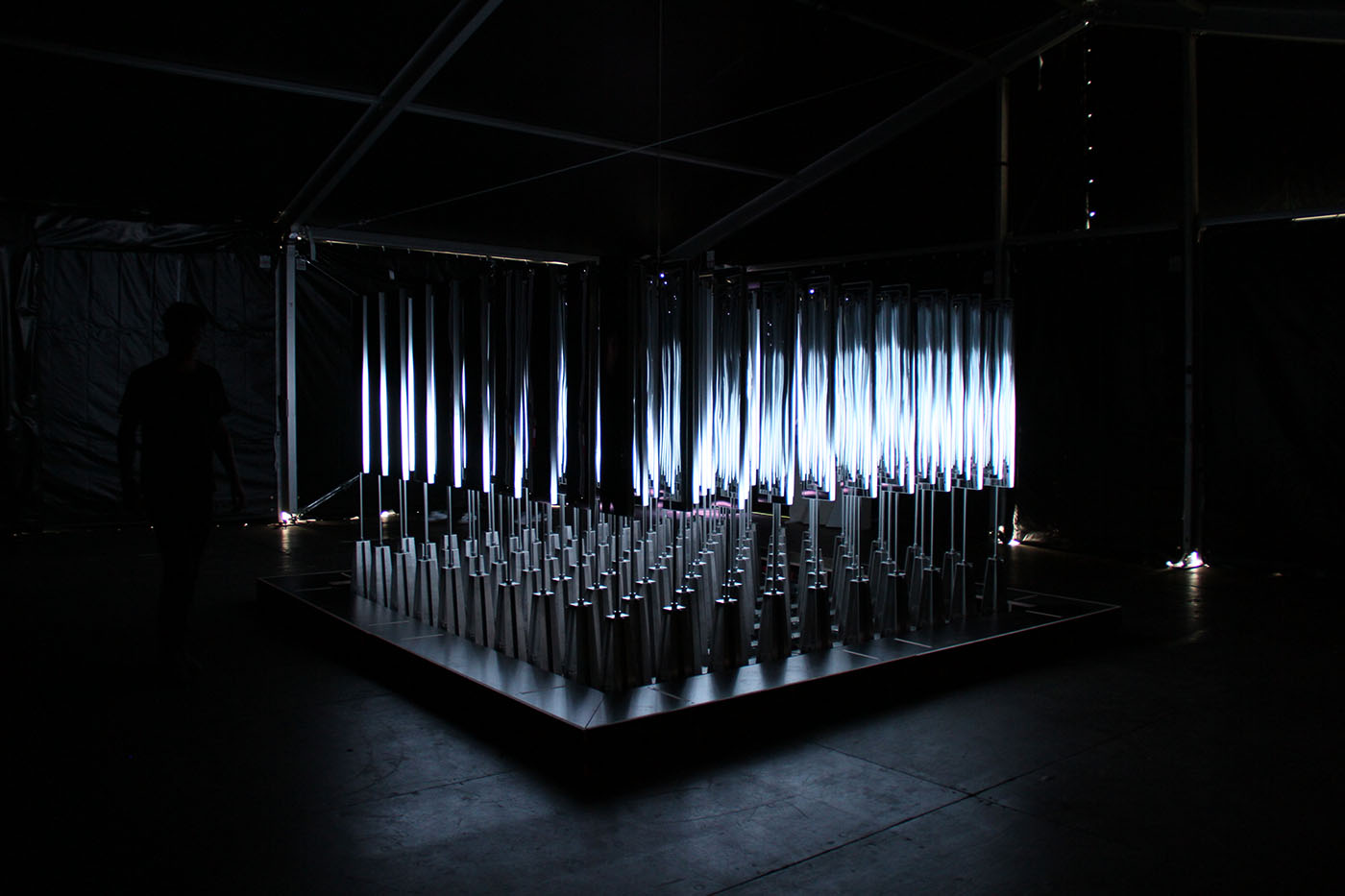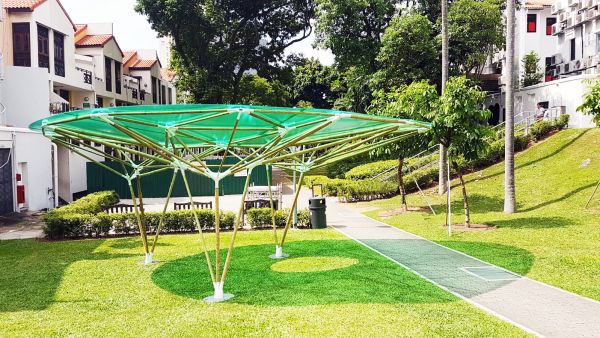/*Vicky Zhou
Section E
vzhou@andrew.cmu.edu
Project_07_Curves*/
var nPoints = 50; //amount of mapped out points
var EPITROCHOID1 = 0; // parametric form
var HYPOTROCHOID = 0; //parametric form
function setup() {
createCanvas(480, 480);
}
function draw() {
background(15, 15, 25);
translate(width/2, height/2);
//draw light blue epitrochoid curve
drawEPITROCHOID1();
//draw light pink hypotrochoid curve
drawHYPOTROCHOID();
//draw orange circle epitrochoid curve
drawEPITROCHOID2();
//draw yellow circle epitrochoid curve
drawEPITROCHOID3();
}
function drawEPITROCHOID1() {
push();
stroke(140, 200, 240);
strokeWeight(0.75);
noFill();
var x; //x pos
var y; //y pos
var t = 90; //angle variable
var b = constrain(mouseX / 100, 0, 10); //outside curve variable
var h = map(mouseY, 0, mouseY, 30, height/2); //height variable
beginShape();
for (var i = 0; i < nPoints; i ++){
var a = map(i, 0, nPoints, 0, TWO_PI); //inside circle size variable
x = (a + b) * cos(t) - h * cos (((a + b) / b) * t); //parametric eq1
y = (a + b) * sin(t) - h * sin (((a + b) / b) * t); //parametric eq2
vertex (x + random(0, 2), y + random(0, 2));
}
endShape();
pop();
}
function drawHYPOTROCHOID() {
push();
strokeWeight(0.5);
stroke(190, 140, 140);
noFill();
var x; //x pos
var y; //y pos
var t = constrain(mouseX / 10, 0, 100); //angle variable
var b = 5; //outside curve variable
var h1 = constrain(mouseX/ 2, width/4, width/3); //height variable 1
var h2 = constrain(mouseY/2, width/3, width/2); //height variable 2
beginShape();
for (var i = 0; i < nPoints; i++){
var a = map(i, 0, nPoints, 0, TWO_PI); //inside circle size variable
x = (a - b) * cos(t) + h1 * cos(((a - b)/b) * t);
y = (a - b) * sin(t) + h2 * sin(((a - b)/b) * t);
vertex(x, y);
}
endShape();
pop();
}
function drawEPITROCHOID2() {
push();
noStroke();
fill(100, 130, 190);
var x; //x pos
var y; //y pos
var t = 100; //angle variable
var b = constrain(mouseX / 100, 0, 10); //outside curve variable
var h = constrain(mouseX/2, 0, 100); //height variable
beginShape();
for (var i = 0; i < nPoints; i ++){
var a = map(i, 0, nPoints, 0, TWO_PI); //inside circle size variable
x = (a + b) * cos(t) - h * cos (((a + b) / b) * t); //parametric eq1
y = (a + b) * sin(t) - h * sin (((a + b) / b) * t); //parametric eq2
ellipse(x + random(-1, 1), y + random(-1, 1), 5, 5);
}
endShape();
pop();
}
function drawEPITROCHOID3() {
push();
stroke(160, 140, 110);
strokeWeight(0.3);
noFill();
var x; //x pos
var y; //y pos
var t = 190; //angle variable
var b = constrain(mouseX, 0, 5); //outside curve variable
var h = map(mouseY, 0, mouseY, 30, height/2); //height variable
beginShape();
for (var i = 0; i < nPoints; i ++){
var a = map(i, 0, nPoints, 0, TWO_PI); //inside circle size variable
x = (a + b) * cos(t) - h * cos (((a + b) / b) * t); //parametric eq1
y = (a + b) * sin(t) - h * sin (((a + b) / b) * t); //parametric eq2
vertex(x + random(-5, 5), y + random(-3, 3));
}
endShape();
pop();
}
This project was incredibly satisfying to make! Although it was a bit of a struggle at first to understand what each variable manipulated in the curve, plugging in random values and seeing what was affected was helpful and how I learned how to manipulate my curves into the desired look. I added a bit of “jitter” effect to my curves as well because I enjoy how they make the piece feel like it is constantly interactive even when the user is not altering the curves. For future iterations and/or ideas I think it would be interesting to incorporate equations that are not necessarily parametric, explicit, and/or polar.
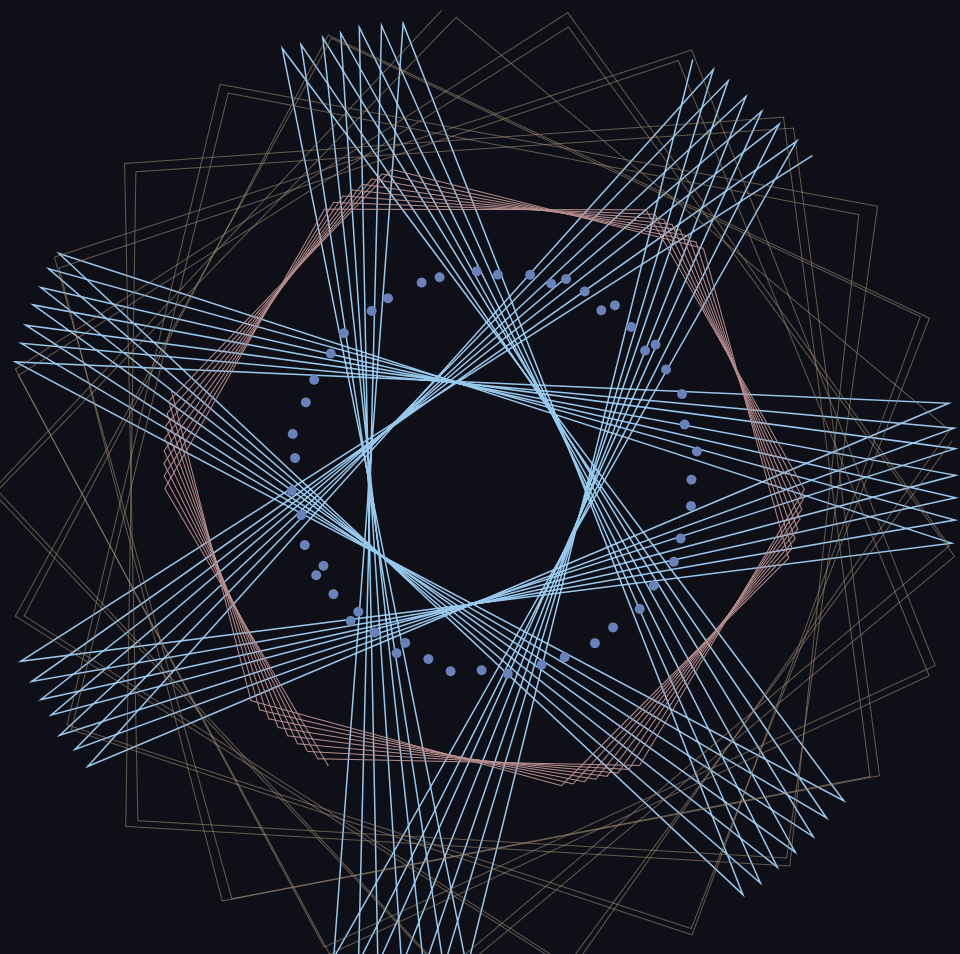
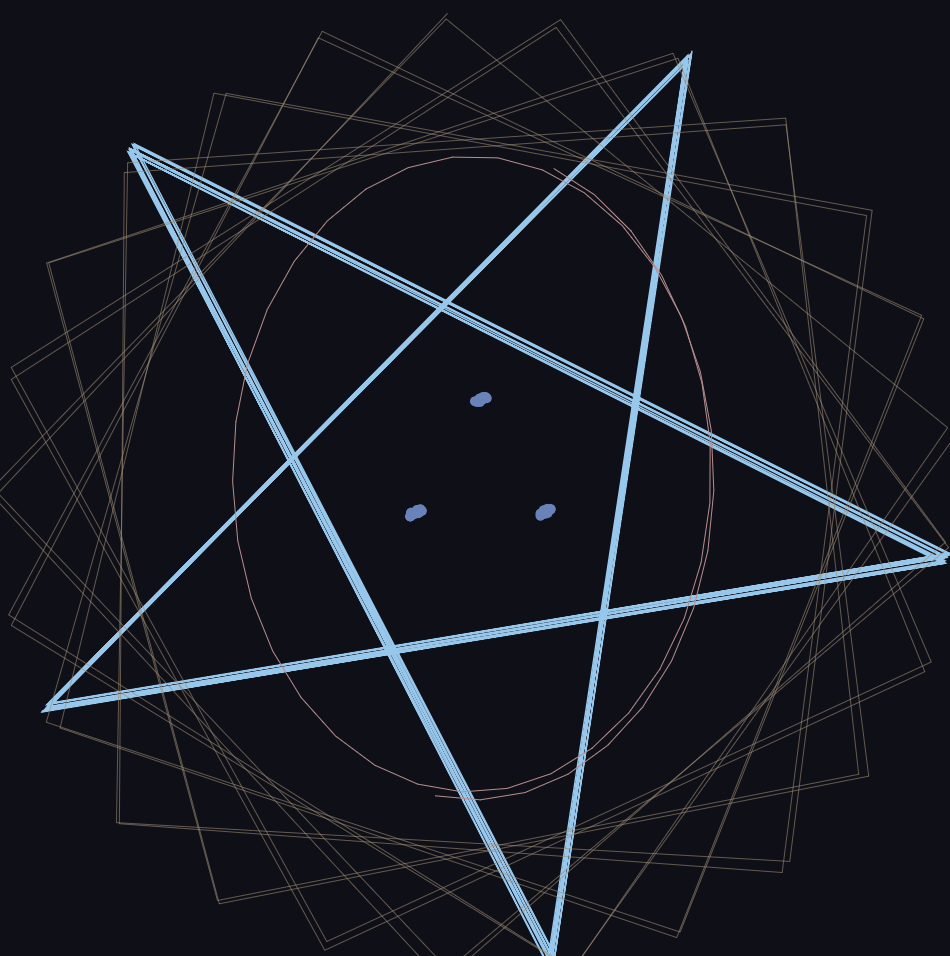
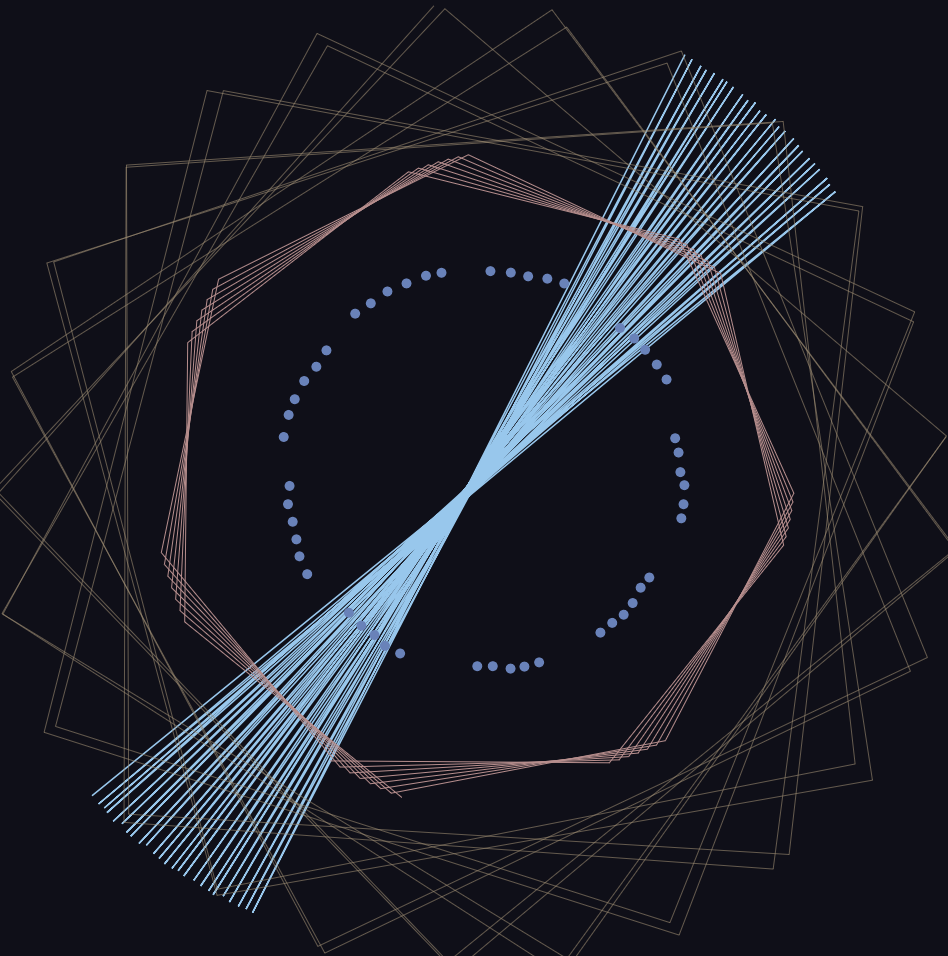
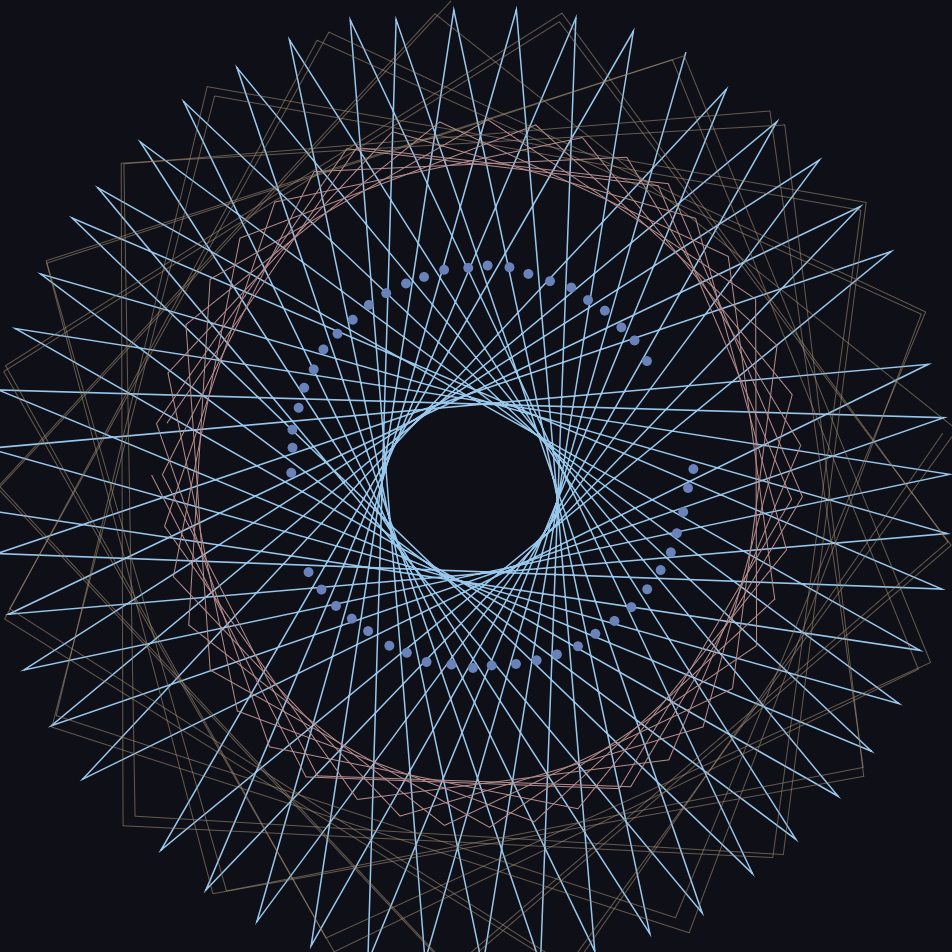
![[OLD FALL 2018] 15-104 • Introduction to Computing for Creative Practice](../../../../wp-content/uploads/2020/08/stop-banner.png)

